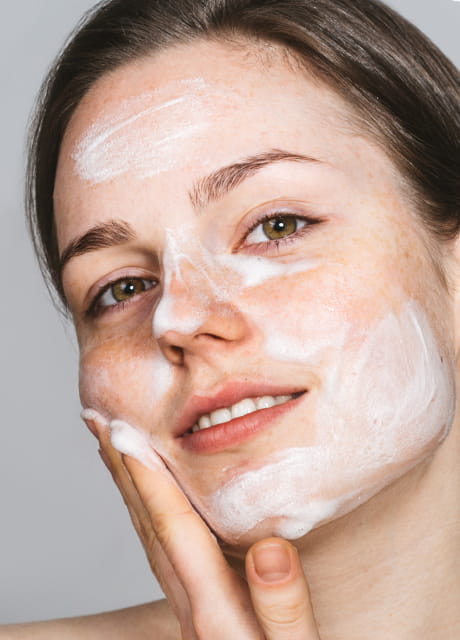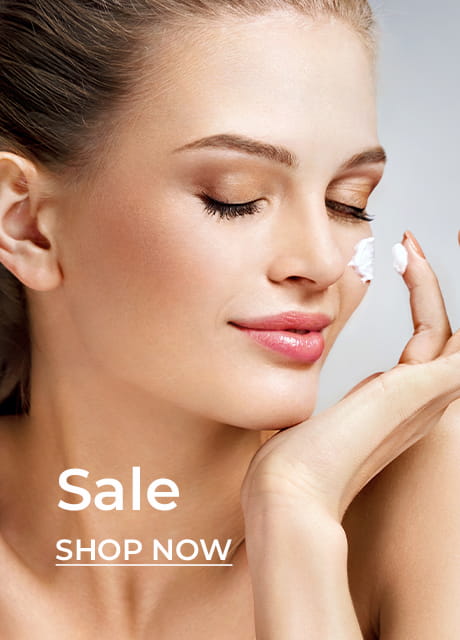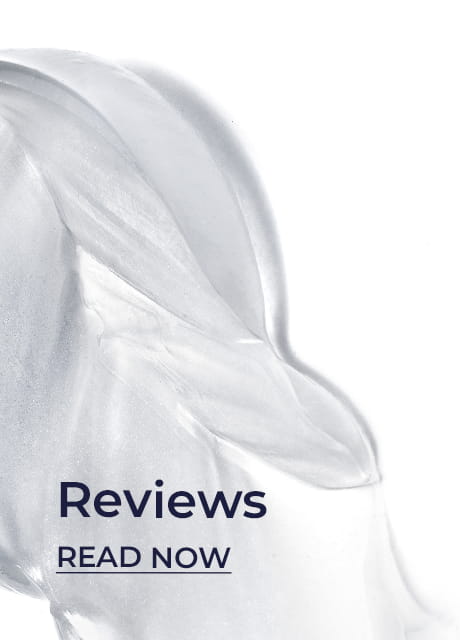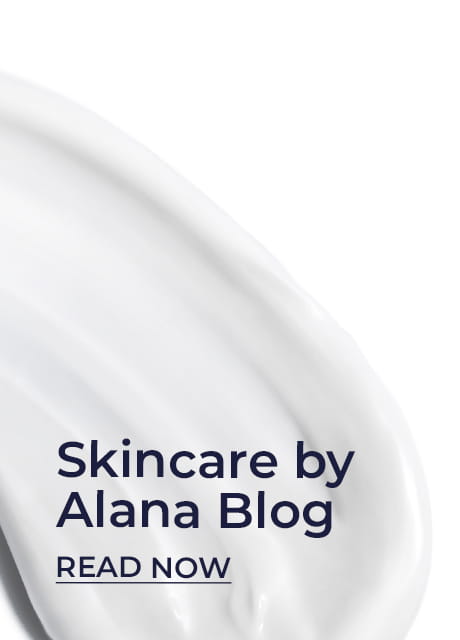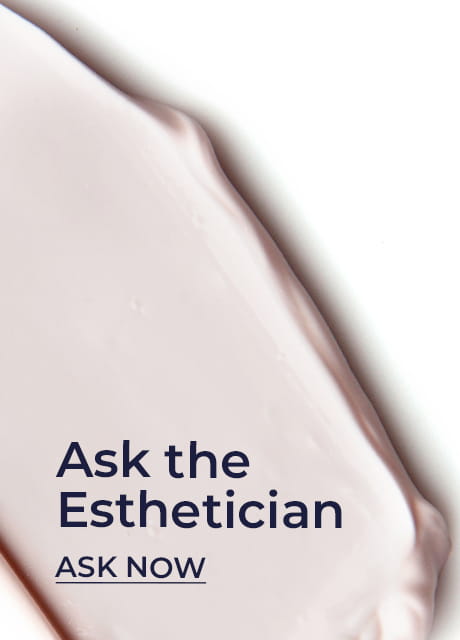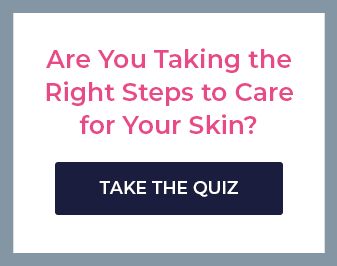Rosacea
What is Rosacea? Rosacea is a bothersome, irritating, and often embarrassing skin condition characterized by facial redness (often resembling flushing or a sunburn), small red bumps or pimple like nodules, or visible small red blood vessels on the skin’s surface. It can include some or all of these symptoms and may also include eye irritation (watery, swollen or bloodshot), burning and/or stinging on the face and rough, raised, dry facial skin that toughens into plaque like patches. Rosacea can also occur on other skin areas, though it is most common on the face and neck. Around 16 million Americans are thought to suffer from Rosacea and the severity of the condition varies for each individual.
What Causes Rosacea? The frustrating truth is that the exact cause of Rosacea is not fully understood. Some sources cite genetic predisposition (fair skinned individuals appear to be at greatest risk), while others blame environmental and lifestyle factors as well as certain bacteria or immune system issues. The National Rosacea Society has an excellent list of possible triggers that you can keep track of to see if any of the various foods, drinks, drugs, or other influences (such as stress or anxiety) make your Rosacea worse. Whatever the source of Rosacea, there are steps you can take to improve symptoms, alleviate flare-ups, and decrease the incidence of Rosacea.
Steps You Can Take to Combat Rosacea:
Step 1: Consult with a dermatologist. A professional dermatologist may be able to prescribe antibiotics if your Rosacea is related to bacterial causes.
Step 2: Keep a list of triggers for you personally. A good resource is the online site mentioned above: The National Rosacea Society.
Step 3: Follow an appropriate skin care routine. This includes following the advice of your dermatologist as well as taking some generally accepted sound skin care steps. The key is to be gentle with your skin and wash and rinse with tepid water (never hot). Never use soap or harsh chemicals or irritating fragrances. Do not rub the skin; gently apply cleansers and products in a circular motion with the fingertips. And always pat your skin dry- do not rub it.
Rosacea Relief: Products from Skin Care by Alana: If you are one of the many millions who suffer from Rosacea, following the steps above can really help. In addition, Skin Care by Alana offers some of the best skin care treatments available over-the-counter for excellent results in keeping your Rosacea under control. You can expect to see a dramatic improvement in your skin’s appearance with the excellent products we offer such as B. Kamins Booster Blue Rosacea Treatment, Glymed Plus Rosacea Skin Essentials Kit, or Rhonda Allison Rosacea Serum. View all of our high-quality Rosacea treatment products and order online anytime, or call us 7 days a week to speak with a licensed esthetician and specialist who can answer all of your questions about Rosacea treatments and other skin care concerns and take your order. We are here to help you improve the appearance and health of your skin and would love the opportunity to do so! Free shipping anywhere in the United States!
Guaranteed Safe Checkout




